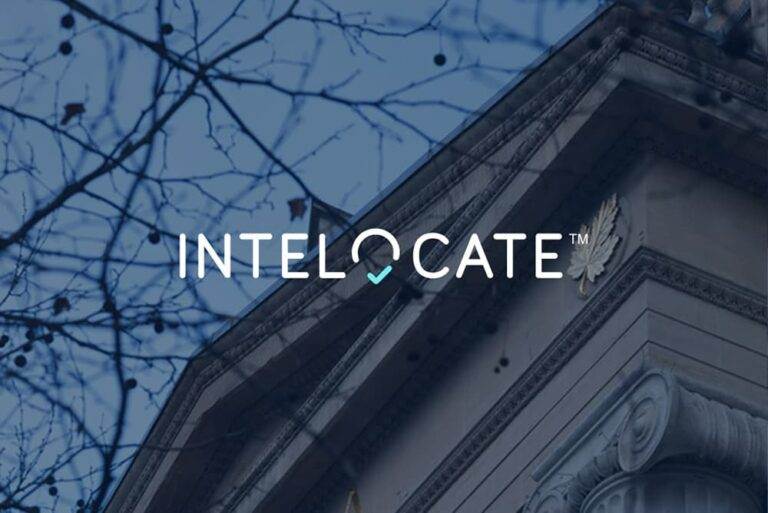Regardless of a company’s industry or line of work, it’s almost certain that data plays an integral role in its day-to-day operations. We’ve all heard the term “big data” when it comes to informed decision making, but the reality for most businesses is that it’s the “small data” that makes everything tick.
Having a firm grasp on key data points can not only help with better decision making at an operations level, it also helps improve the overall understanding of the strengths and weaknesses of each link in the chain.

A Web of Disconnected Systems
The issue that faces many businesses today is the fact that there are so many disparate systems in operation throughout the organization. The Human Resources department may be running a system to keep track of staff roles and locations, another to manage communications (perhaps even separate tools for internal and external comms), and another for keeping track of important documents, like contracts… the list goes on and on – and that’s just a single department within the organization.
Similarly the Information Technology department may have its own platform for ticketing, another for project management, another for asset management (for example, which laptops are assigned to which Regional Managers), and a communications system that’s separate from HR’s.
Very quickly a major issue starts to emerge: with all these systems, how can we be certain that everyone is working with the same data? As operations grow and departments add more and more tools or systems, things can quickly get out of hand, to the point where multiple data sets containing related information (e.g. employee locations, or asset assignments) begin to differ significantly as some are kept up to date, while others become increasingly stale.

Getting Everyone on the Same Page
The solution to this problem is to adopt a single source of truth. This is a system, or multiple interconnected systems with bi-directional data transfer, that is understood by all to contain fresh, accurate data at all times.
The value of a single source of truth is undeniable. By implementing such a system, your organization guarantees that every department, executive, manager, or staff member is working with the same data at all times.
If a piece of information is updated within this system, everyone in the organization has access to the updated record immediately, reducing unnecessary resource wastage, and enabling everyone to do their job in a much more efficient manner.
In short, everything within the organization “just works” the way it’s supposed to (at least from a data perspective), and potential confusion or lack of clarity are removed from the equation.

A Big Job, But Somebody’s Gotta Do It…
However (you knew this was coming, didn’t you…), building and maintaining a single source of truth is no small undertaking.
With so many different systems in operation across most organizations, the potential for incompatibility is huge. This gets even worse when you factor in legacy systems, or obsolete systems still being utilized.
How do you create a centralized data source when half of your tools can’t communicate with each other?
The more tech savvy among you may be thinking “integrations” right about now, and you’re certainly not wrong – at least in theory.
Yes, many of our modern tools allow for integrations with others, either through vendor-developed connections or APIs, and that has definitely made our lives easier to a reasonable degree.
But not all systems ship with these capabilities, and it can take considerable time and resources to make everything work together (if it’s even possible).

Going Custom
When faced with the situation where systems can’t communicate out of the box, there may be a desire to build a custom in-house solution, either via your IT/development departments, or through an external vendor.
This approach can be costly, time consuming, and unrealistic for many businesses. It also runs the risk of becoming part of the problem it’s trying to solve unless there are dedicated resources assigned to actively manage and maintain it. A custom single source of truth can quickly become a single point of failure if not treated as a valuable product in its own right.
By taking a custom approach, you face a very real risk of developing a spaghetti network of interconnected modules that are just barely “good enough” for the task at hand. Essentially, tools that aren’t necessarily worth replacing, but fail to keep up with evolving user requirements.
In short, it may paper over the cracks initially, but unless you’ve got a dedicated team available for continual updates and tweaks, it’s likely to fall over at some point in the future – and who knows the extent of the damage that may cause?

An Alternative Solution
An alternative, and my favoured method when possible, is to review, consolidate, and integrate. By taking stock of what tools are being used across the organization, it’s likely that many efficiencies can be found.
Does each department really need to be running a completely different communications platform to all the others? In some cases, this might end up being true, but typically at least some of the tools in use can be consolidated. You may even find multiple departments are paying separately for the same tool. Consolidating in this situation could likely result in better pricing, as well as the added benefit of cross-team visibility.
More importantly, though, is the question as to whether the (now, hopefully reduced) tools can work with the same data set. Are there native integrations or APIs available to transfer data reliably both to and from each of your tools? Ideally, the answer will be yes, and your single source of truth can spring into life.

Beneficial for the Entire Organization
A single source of truth for your data may not seem like a big deal, but it provides major benefits for every aspect of the organization. Armed with the most up-to-date data, your staff can make more informed decisions, increase efficiency, and gain a much more accurate overview of the organization at large.
Data security, too, can be hardened through the use of secure APIs and pipelines, with an additional layer of protection offered though Single Sign-On (SSO), which is quickly becoming the standard for user logins.
When your data is kept in sync, you also remove the risks associated with staff turnover – there’s no lag between HR, IT, and the field. Everyone who needs to keep up with the evolving workforce will be empowered to be able to do it with confidence!
Your customers want a one-stop shop, so why should your team need to trawl through disconnected views and waste time consolidating fresh data into stale, to serve them?
Ultimately, your customers want the best possible standards of service at all times, and that means establishing efficient processes in order to serve them. If your teams need to regularly trawl through stale information, manually updating or replacing important data, you’ll end up spending more time in triage mode than “top level” service mode.
A successful modern organization is lean and agile, with no weak links in the chain – your data should be the same!






